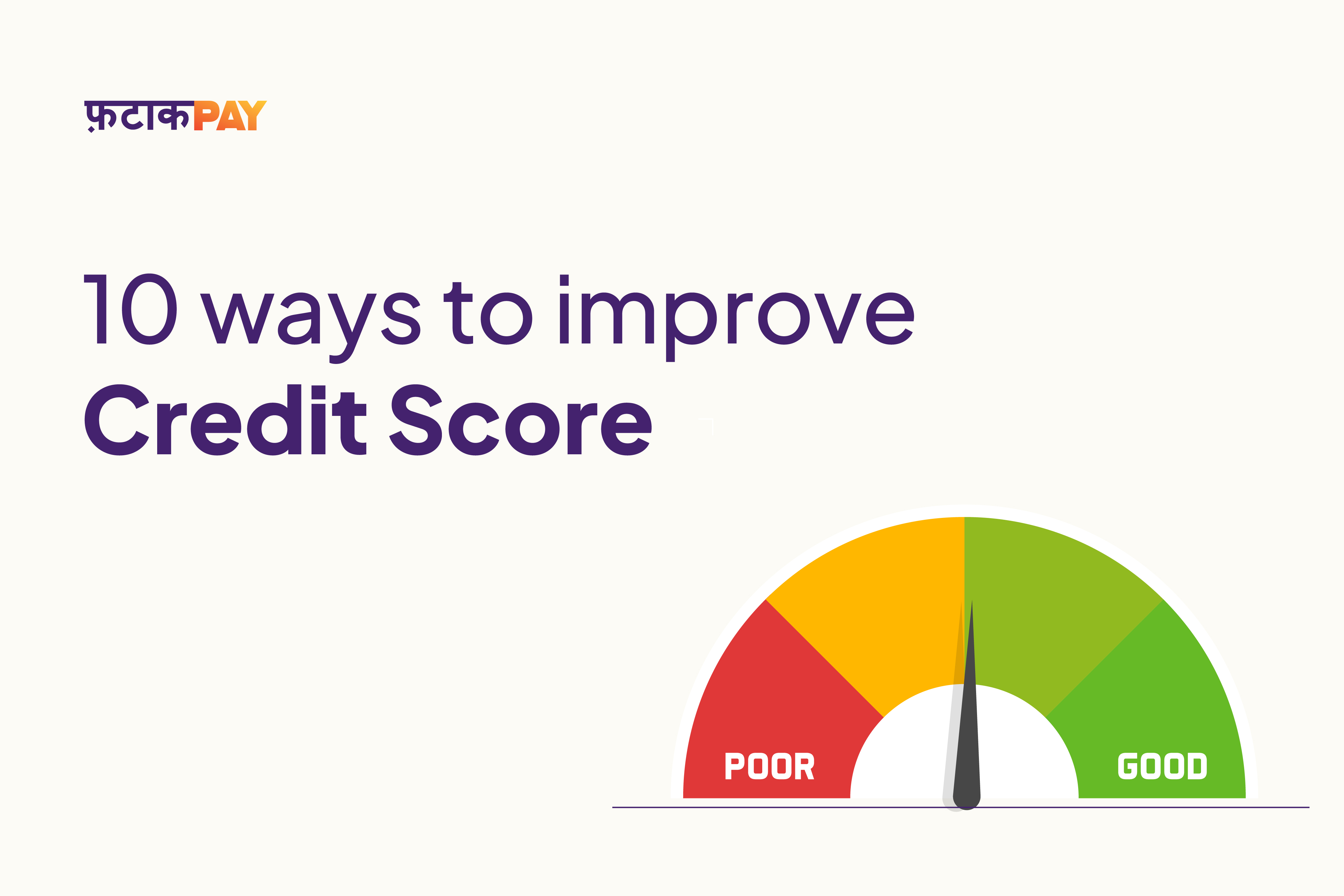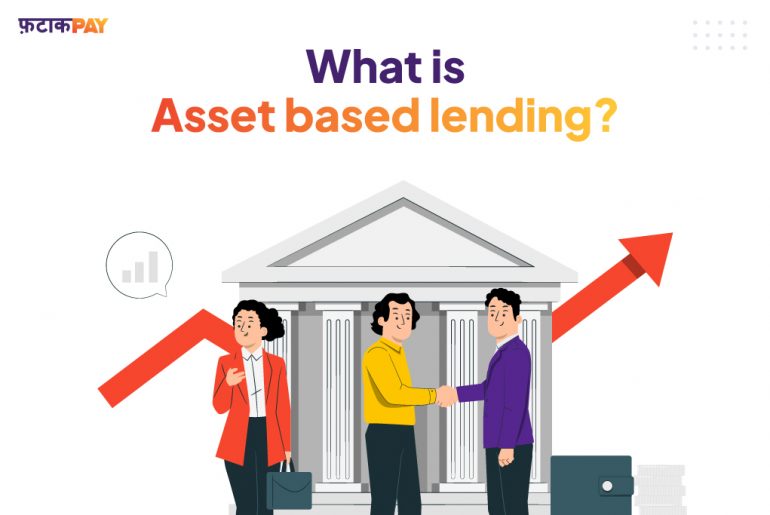Introduction (NBFC):
NBFC, or Non-Banking Financial Companies, are financial institutions that provide banking services without holding a banking licence. NBFC typically lend money, make investments, and offer other financial services such as asset management, retirement planning, insurance etc.
However, unlike traditional banks, NBFC cannot accept demand deposits, issue checks, or provide savings accounts. They are also not a part of the payment and settlement system, which means they cannot issue credit cards or offer online banking services.
RBI definition of NBFC:
According to the Reserve Bank of India (RBI), A Non-Banking Financial Company (NBFC) is a business registered under the Companies Act of 1956 that engages in the business of loans and advances, acquisition of shares/stocks/bonds/debentures/securities issued by the government or a local authority or other marketable securities of a like nature, leasing, hire-purchase, insurance business, and chit business.
It excludes institutions whose main line of business is that of agriculture activity, industrial activity, purchase or sale a non-banking financial company is also one that receives deposits under any scheme or arrangement on a single occasion, in installments through contributions, or in any other way as its primary activity (Residuary non-banking company).
Types of NBFCs:
Let’s have a look at the different types of NBFCs:
Investment and Credit Company (ICC):
Here we see a new category of NBFCs dubbed NBFC-ICC by combining the three NBFC categories of asset finance companies (AFC), loan companies (LC), and investment companies (IC).
Let’s have a closer look at AFCs, LCs, and ICs:
Asset Finance Company (AFC) :
An AFC is a firm that engages in the financing of physical assets that support productive or economic activity, such as cars, tractors, lathes, generators, earthmoving and material handling equipment that can move independently, as well as general industrial machines.
Investment Company (IC) :
An IC engages in the acquisition of securities. That is its core business. An IC is a financial institution.
Loan Company (LC):
LC means any company which is a financial institution carrying on as its principal business the providing of finance whether by making loans or advances or otherwise for any activity other than its own but does not include an Asset Finance Company.
Infrastructure Finance Company (IFC):
A minimum of three-fourths of the assets used by infrastructure finance organisations are invested in infrastructure loans. The capital to risk-weighted assets ratio is 15%, the net owned funds exceed $3 billion, and the minimum credit grade is “A”.
Infrastructure Debt Fund: Non- Banking Financial Company (IDF-NBFC):
IDF-NBFC is a business that has been registered as an NBFC to make it easier for long-term funding to flow into infrastructure projects. IDF-NBFC raises capital through multi-currency bonds with a minimum maturity of five years. IDF-NBFCs may only be sponsored by Infrastructure Finance Companies (IFC).
Microfinance Institution (MFI) – Non-Banking Financial Corporation (NBFC-MFI):
NBFC-MFI is an NBFC that does not accept deposits and has at least 85% of its assets in the form of qualifying assets that meet the following requirements:
a. a loan provided by an NBFC-MFI to a borrower whose yearly family income is not more than 1,00,000 in a rural area or 1,60,000 in an urban or semi-urban area;
b. the loan amount is limited to Rs.50,000 in the initial cycle and Rs.1,00,000 in subsequent cycles;
c. The borrower’s total debt does not exceed Rs.1,00,000;
d. For loans over Rs.15,000, the loan term cannot be less than 24 months, and early repayment is not subject to penalties;
e. loan to be extended without collateral;
f. The total amount of loans made for income generation account for at least 50% of all loans made by MFIs;
g. The borrower may choose to repay the loan in weekly, fortnightly, or monthly installments.
What is the difference between banks & NBFCs?
The activities of NBFCs are quite similar in nature with respect to banks because they lend money and make investments, but there are a few differences, which are listed below:
i. Demand deposits cannot be accepted by NBFC;
ii. NBFCs cannot issue checks drawn on themselves and are not a part of the payment and settlement system;
iii. Unlike in the case of banks, depositors of NBFCs cannot use the Deposit Insurance and Credit Guarantee Corporation’s deposit insurance provision
Additional links:
We hope this was an informative and pleasant read. You can check out some our previous blogs and LinkedIn Articles:
https://fatakpay.com/blog/what-are-neo-banks/
https://fatakpay.com/blog/bittersweet-impact-of-covid-19-on-the-credit-sector
https://fatakpay.com/blog/impact-of-inflation-on-personal-loan-interest-rates
https://www.linkedin.com/pulse/what-assurance-fatakpay/?trackingId=OgOEA46cIjB6oNISjYFZkw%3D%3D
About FatakPay:
FatakPay provides virtual credit facilities for all. It’s available on your phone and caters to your everyday needs in both online and offline format. Payments are done seamlessly through UPI/QR codes. The solution provides an almost zero cost, free, quick, transparent and a secure way to transact in multilingual format with a Scan Now Pay Later facility and easy repayment options.
Link to FatakPay App: https://link.ftkp.in/2uSI/dkasgvnf
Link to the Website: https://fatakpay.com/







